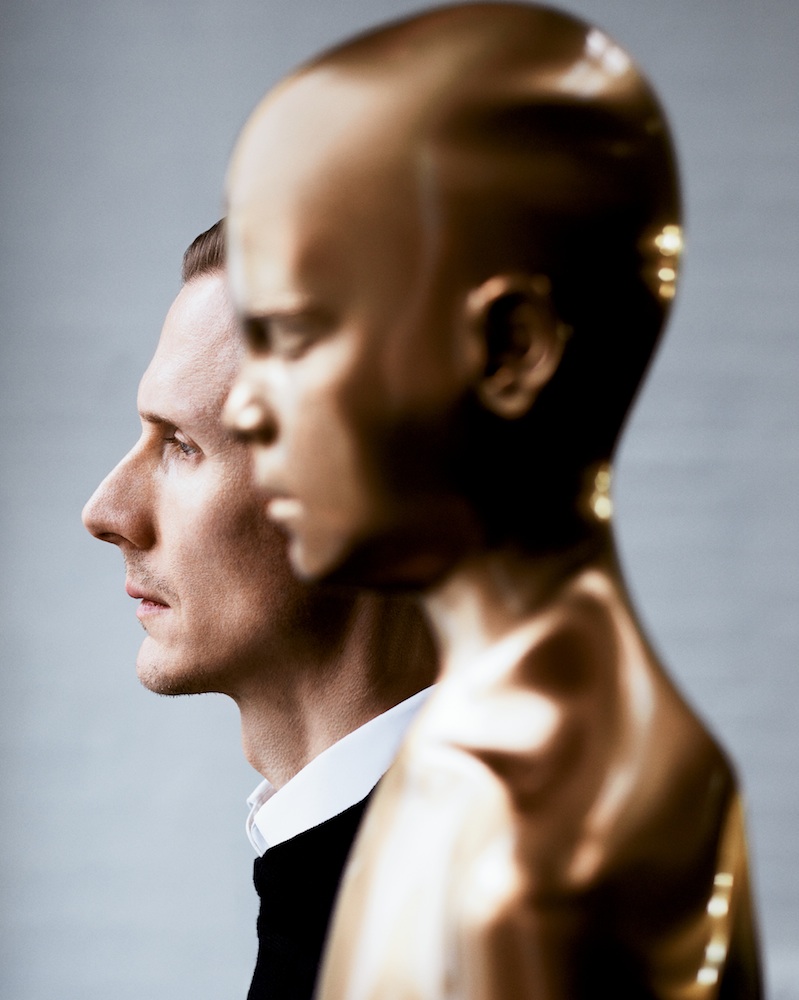Anders KrisÃr
Anders Krisár’s sculptures could be seen as psychologically charged thought experiments about human relationships with everyday materials. In one work, Sonja, from 2007-08, the Swedish-born, New York-based artist fashioned a sculpture in the shape of a human torso from the clothes of a total stranger. None of his previous pieces, however, approach the sheer intensity of his current project: a death mask of his mother’s face. The material for the mask is in some ways traditional: It is nearly pure gold, with just enough alloy to allow the sculpture to be cast. What is unusual is that the funds for the mask are entirely derived from the inheritance that he and his brother received when their mother died in 2014. “She lived her life really poor,” Krisár says. “She didn’t have anything, but she bought an apartment outside of Stockholm really cheap, and we sold it—it came to $127,075 after taxes.”
It isn’t the first time that the 42-year-old artist has used his family—and their cast forms—for his creations. In one series, he cast the faces of his aunts, mother, brother, and self in pewter, displaying them as a series of portrait photographs, with the final image being a cube made of all the pewter recast in a square. More recently, he has been working on bisected figures, often in polyester resin or bronze, holding hands. The results have strikingly lifelike surfaces, but they seem to be less about gloss than erasure.
Krisár says that he spoke with his mother about his plan to use the inheritance to make her death mask. “When I told her the idea, she loved it. She loved to be in the center of attention.” Moreover, she was very supportive of her son’s career as an artist. “When she saw me getting attention, it was about her as well.” The mask is made through the traditional sculpture technique cire perdue, by which a silicone cast of the face was made after death, then used to create a mold for a wax model, and eventually molten gold. “She passed away while I was in New York,” Krisár says, “and I thought, ‘Should I do this or not? I had better just do it, because in two days, she’s going to be ashes.’ ” He flew back to Sweden and cast the face. After the sale of her apartment, he gave the funds and the mold to a foundry in upstate New York. The sculpture consists of about ten pounds of cast gold.
“This is her, reincarnated,” he says. “That’s my point of view, anyway. She never spent a cent on herself, and I like the gesture of letting the money go into that.” Krisár also appreciates that the project derived from both he and his brother’s inheritances. “You hear so much about people fighting [over an inheritance]—this is the opposite.” The gold mask evokes the uncanny figuration of Robert Gober and Louise Bourgeois, as well as Francesca Woodman’s blurred photographs of her own moving body and Rachel Whiteread’s haunting plaster casts of home interiors. “The stronger an artwork is,” Krisár says, “the more you have to take away.”







